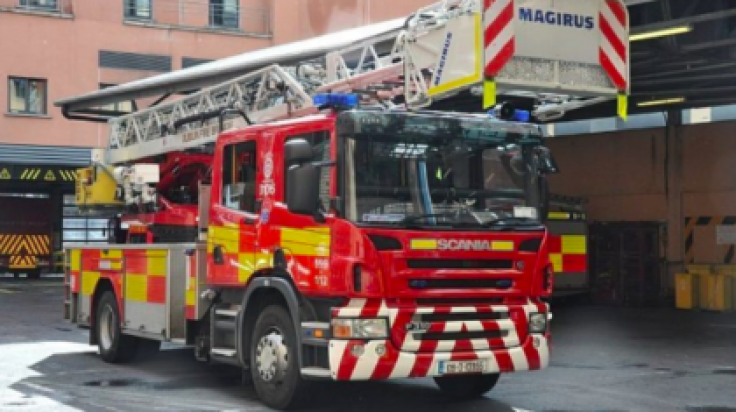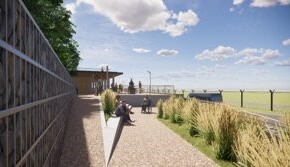Remembering Thomas Ashe
Dublin People 10 Oct 2014THROUGHOUT his short life, Thomas Ashe played a pivotal role in the struggle for Ireland’s freedom. Born in the Kerry Gaeltacht of Lios Póil in 1885, Ashe was a member of the IRB and Gaelic League. In 1908, Ashe moved to north Dublin, which became his adopted home. He began teaching at Corduff National School, Lusk, and later became its principal.

Ashe threw himself into the life of his new community establishing the Black Raven Pipe Band and Round Towers GAA Club, Lusk.
Ashe was a founding member of the Irish Volunteers in 1913. In 1915 he was elected Commandant of the 5th (Fingal) Battalion, Dublin Brigade, and began making preparations for the 1916 Rising.
On Easter Monday 1916, Ashe led the Fingal Battalion into battle. During the Rising, Ashe distinguished himself as a highly effective commander, using guerrilla tactics to ensure his relatively small force secured a number of impressive victories against much larger British forces.
Ashe received orders from James Connolly to harass the British forces in north county Dublin, with the aim of relieving pressure on the republican forces in the city centre.
On Wednesday April 26 1916, Ashe led raids on the RIC stations in Swords and Donabate, which were quickly overcome by the republicans. Following the successful raids Ashe ordered the destruction of rail communications in Donabate and telegraph lines in Swords to stop the British calling for back up.
Next, the battalion stormed Garristown Barracks, but found it was already deserted as word of republican successes began to spread across the area.
By Friday, the Fingal Battallion had arrived in Ashbourne. Their mission was to prevent British troops gaining access to Dublin by using the train line from Athlone.
Local British forces barricaded themselves inside Ashbourne Barracks and refused to surrender. Ashe split the Battalion up into columns, giving the impression of much larger numbers and a five-hour gun battle commenced.
Despite the fact that the British forces more than doubled the republicans, Ashe led the Battalion a decisive victory making prisoners of the British which consisted largely of local RIC.
Addressing the prisoners, Ashe told them that their membership of the RIC had led them to fight against the Irish Republic.
He then pardoned them on behalf of the Provisional Government of the Irish Republic, but informed them if they ever took arms against the Republic again, they would be shot.
The Fingal Battalion had increased in size and strength during the course of the Rising, and remained undefeated by April 29.
Due to Ashe’s effective leadership and tactics the Battalion could have continued their campaign, but on receiving Pearse’s order, Ashe reluctantly instructed his volunteers to stand down.
After the Rising Ashe was court-martialled and sentenced to death. His sentence was commuted to life imprisonment and he was sent to Lewes Jail, England.
In 1917 Ashe led republican prisoners in a hunger strike aimed at putting pressure on the British authorities. As a result a general amnesty was issued in June 1917 and Ashe returned to Ireland.
Following his release from prison, Ashe was elected President of the Supreme Council of the IRB, a position recognised by republicans as President of the Irish Republic. He immediately began a speaking tour, encouraging people across Ireland to join the struggle for freedom.
Following a speech in Longford he was arrested, convicted of sedition and imprisoned in Mountjoy.
On September 20 1917, Ashe began a hunger strike aimed at securing Prisoner of War status. The British authorities ordered that he should be force- fed, now recognised as one of the most inhumane forms of torture. On September 25 Thomas Ashe died during force-feeding, aged just 32.
Around 30,000 people turned out for his funeral to Glasnevin. Following the firing of a volley of shots, Michael Collins stepped forward to give the funeral oration and said:
“Nothing additional remains to be said. That volley which we have just heard is the only speech which it is proper to make above the grave of a dead Fenian
?.











